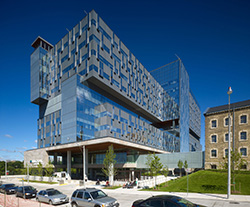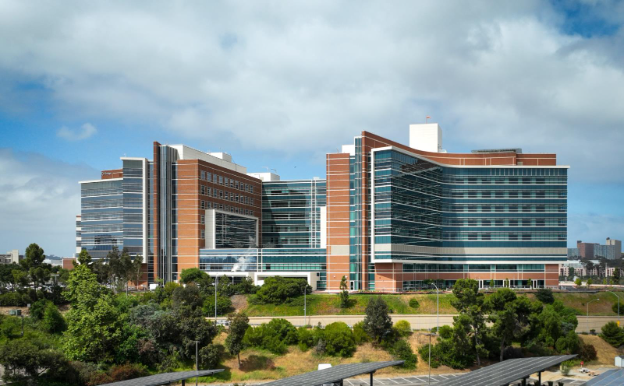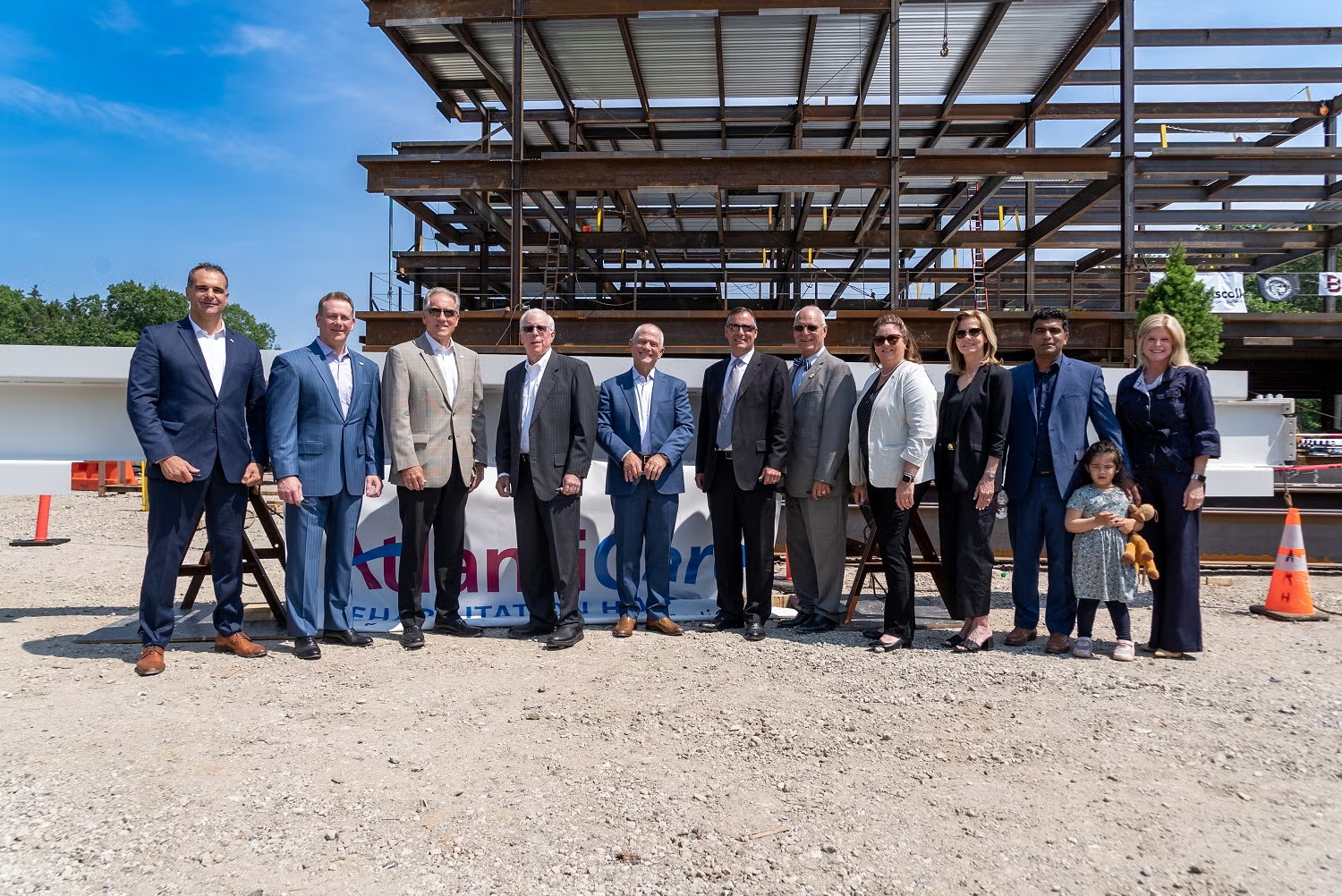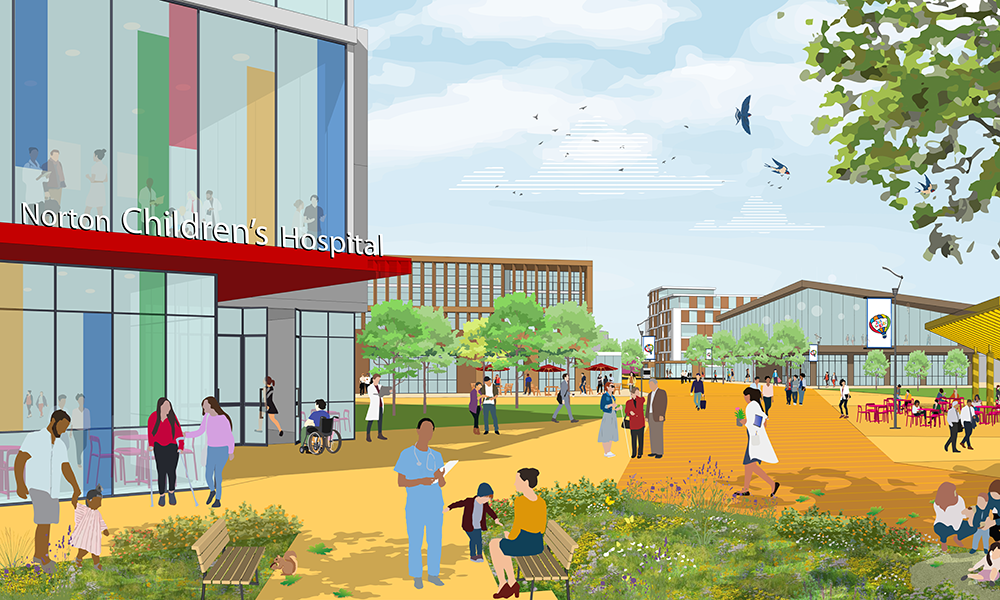 TORONTO, Ontario — Two projects from PCL Constructors Canada have achieved LEED Silver certification through the Canada Green Building Council (CaGBC).
TORONTO, Ontario — Two projects from PCL Constructors Canada have achieved LEED Silver certification through the Canada Green Building Council (CaGBC).
Bridgepoint Hospital is the first hospital in Toronto to receive LEED Silver certification. Green building highlights for the hospital include a 30 percent more energy efficient building compared to other buildings with the same standard building code. Additionally, there are environmentally friendly features and practices at the hospital, including a smart irrigation system that is connected to local weather stations; reintroduced native plants to the hospital landscaping; and efficient washroom fixtures.
“Our team was able to maximize value for our clients and achieve a higher level of intended certification,” said PCL executive vice president Chris Gower, in a statement. “This stands as a testament to the value of strong partnerships and close collaboration, and I congratulate all of our project partners for this achievement.”
The hospital also includes a high-performance heat recovery system, air conditioning system and high-efficiency boilers. Combined with efficient lighting systems and double-glazed windows, this system helps reduce energy consumption. Furthermore, at least 15 percent of the materials used to construct the facility contain recycled content. The hospital also said that 98 percent of the site’s construction materials were diverted from landfill.
The St. Catharines Site is the first hospital in the Niagara region to receive LEED Silver certification. Green building highlights of that project include a high-performance building exterior, including a white roof that reduces heat island effect, keeping the interior temperature cooler in summer and warmer in winter; optimized energy performance including efficient lighting design and the extensive use of natural light throughout the building; advanced ventilation recovery systems and high-efficiency boilers and chillers; a reduction of water use by more than 20 percent through the use of water-efficient plumbing fixtures; water-efficient landscaping (potable water use for irrigation has been reduced by more than 50 percent through the use of high-efficiency irrigation technology and drought tolerant plants); and 20 percent of construction materials contain recycled content.





